Charging hubs – defined as six or more rapid or ultra-rapid devices at a single location – continue to show the highest growth, according to new statistics on public charge point installations throughout the first six months of 2025.
Zapmap data shows that 136 charging hubs installed across the country in the first half of the year, bringing the total across the UK to 673.
These hubs, says Zapmap, are popular with electric car drivers, especially to support en-route charging on longer journeys.
It also believes that they are also beginning to show the future direction for the EV infrastructure, with faster charging times, an increased focus on sustainable energy systems and locations which deliver enhanced amenities.
Overall, the latest figures show that 8,670 new charge points were installed in the first half of the year, a year-on-year increase of 27%.
EV charging infrastructure now encompasses 82,369 devices at 40,479 locations.
The total number of ultra-rapid devices, with a power rating of 150kW-plus, has increased by almost 23% to 8,619 in the first half of 2025.
Overall, ultra-rapid devices have seen 1,598 additions in the past six months, accounting for 18% of all installations, and for the first time now outnumber rapid devices.
Breakdown of chargers by power rating (UK)
|
Power rating |
June 2024 |
Dec 2024 |
June 2025 |
YOY growth |
YTD growth |
|
Slow / Fast (<50kW) |
52,224 |
59,228 |
65,671 |
25.75% |
10.88% |
|
Rapid (50kW - 149kW) |
7,135 |
7,450 |
8,079 |
13.21% |
8.44% |
|
Ultra rapid (150kW+) |
5,416 |
7,021 |
8,619 |
59.14% |
22.76% |
|
Charging hubs |
386 |
537 |
673 |
74.35% |
25.33% |
|
Total |
64,775 |
73,699 |
82,369 |
27.16% |
11.76% |
Source: Zapmap
Simultaneously, Zapmap’s statistics show progress in the regional distribution of high-powered chargers this year: nine out of 12 geographical areas of the UK now have over 1,200 50kW-plus chargers and six of those have over 1,500.
Scotland, meanwhile, has seen 29% year-to-date growth in high-powered chargers and the North West 21%.
Lower powered charging devices continue to represent the largest tranche of the infrastructure, with 65,671 charge points are currently defined as slow/fast charge points powered at less than 50kW, representing just under 80% of the total.
On-street charging devices, also falling within the lower powered grouping and designed for overnight charging, are aimed at drivers who wish to charge close to home but do not have off-street parking.
These charge points have seen 3,709 new additions in from January to June, bringing the total to 29,227.
While the majority of these (20,490) are located in Greater London, other regions of the UK are now seeing far higher growth in the rate of on-street devices being installed.
While London saw an increase of under 11% in the first six months of the year, the rest of the UK saw the number of on-street chargers increase from 7,106 at the end of December to 8,737 at the end of June, an increase of more than 25%.
Linked to this growth is the progress in the delivery of the LEVI (Local Electric Vehicle Infrastructure) scheme with 80 LEVI funding projects underway, 19 of which are currently open to tender.
Simultaneously, its predecessor, ORCS (On-Street Residential Charging Scheme) has continued to fund key infrastructure projects.
At a regional level, the North East has seen significant growth in charge points across all power ratings, with 40% year-on-year growth, with the East of England and West Midlands close behind with over 39% and 38% year-on-year growth respectively.
Jade Edwards, head of insights at Zapmap, said: “The EV landscape at the mid-point of 2025 looks significantly different to six months ago, in terms of the shape of the infrastructure, EV demand and availability and the legislative landscape.
“We’re always pleased to see strong growth in en-route charging and hubs, not just because they are so convenient for EV drivers on long journeys, but also because they provide high-visibility and help instill confidence for drivers looking to make the switch.
“Meanwhile, we’re now beginning to see LEVI funding awards feeding through the system, offering the 40% of people who do not have access to off-street parking increased opportunities to charge close to home and benefit from driving electric.
“We look forward to seeing what further measures the government can introduce to make access to public charging more equitable.”

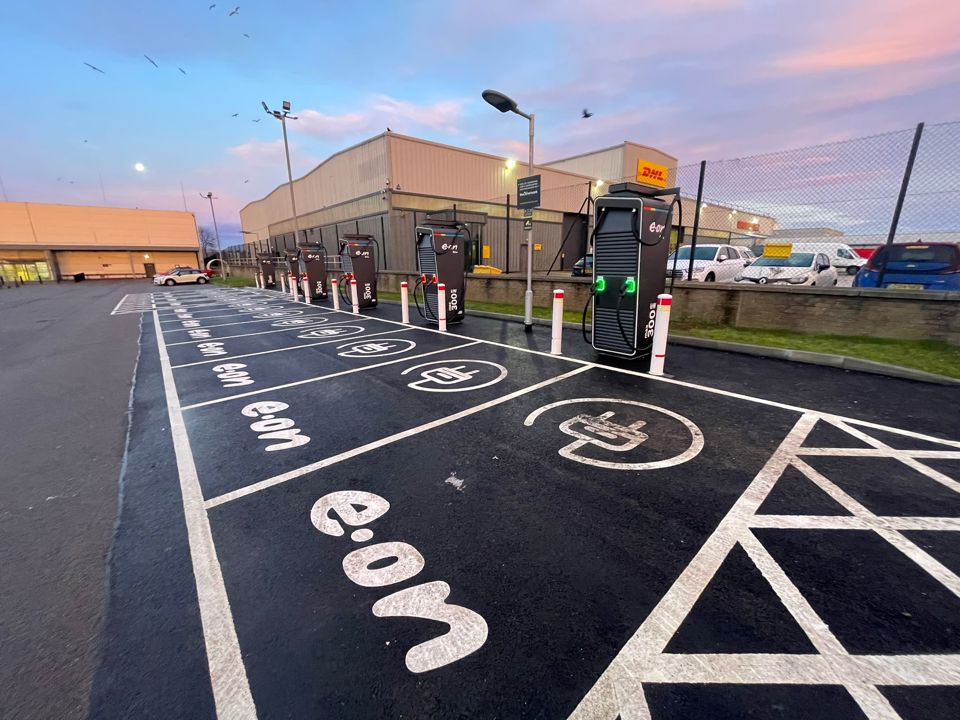






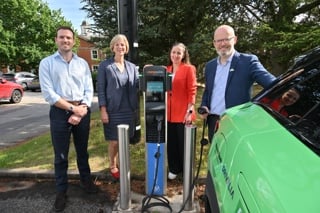
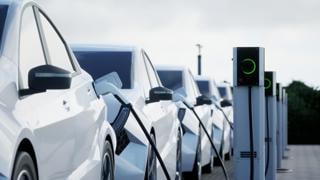
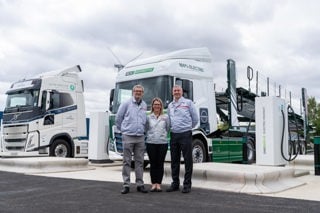


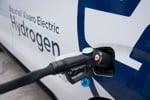








Login to comment
Comments
No comments have been made yet.